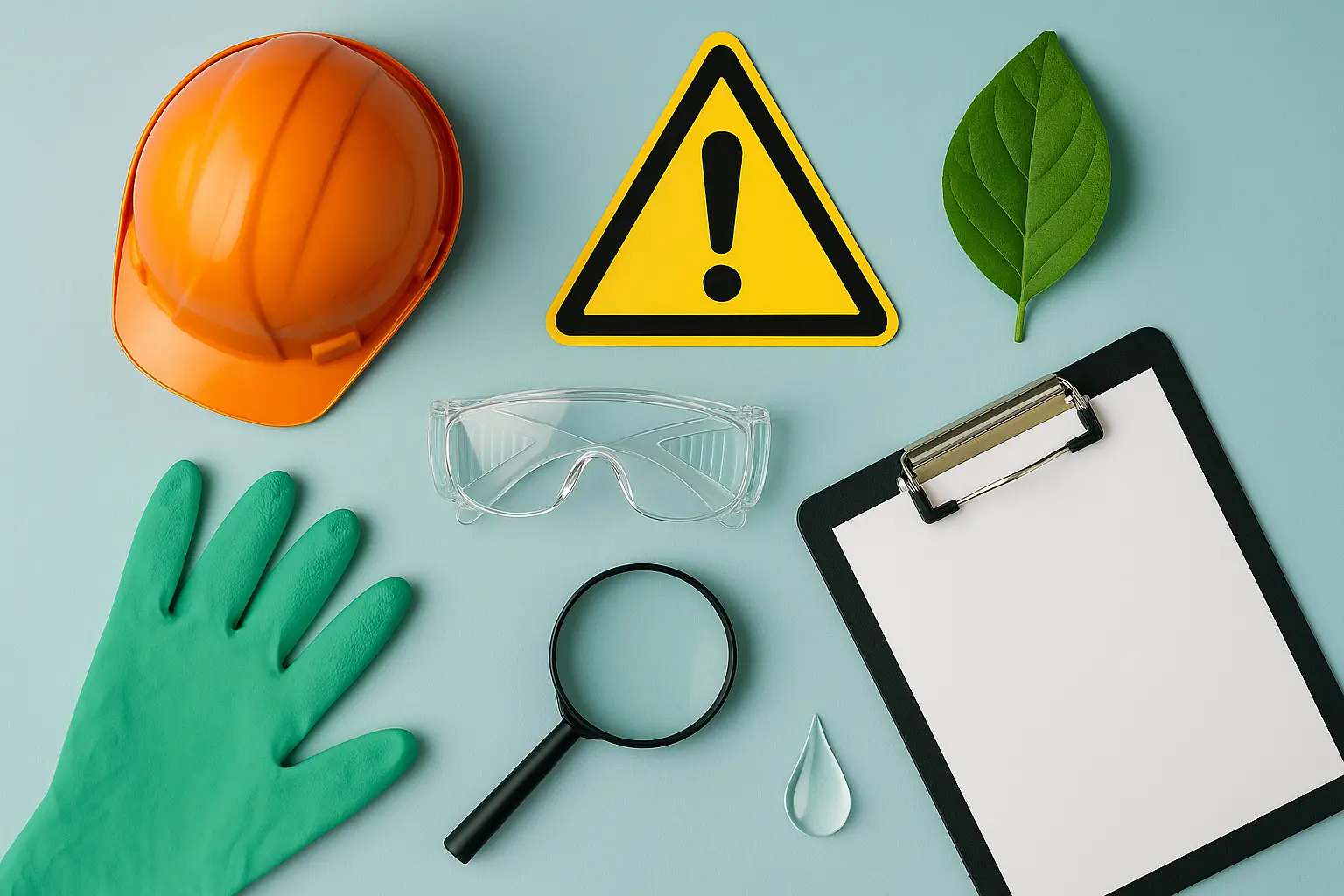OSHA Respiratory Protection Certification
The Occupational Safety and Health Administration (OSHA) has established strict regulations to ensure that employers provide their workers with a safe work environment. One of these critical areas is respiratory protection, as hazardous materials can pose significant risks if inhaled. The OSHA Respiratory Protection Standard (29 CFR 1910.134) mandates that employers provide respirators to employees when engineering and administrative controls cannot reduce employee exposure to acceptable levels.
The certification process for respiratory protection under OSHA is designed to ensure the proper selection, use, and maintenance of respirators in a workplace setting. This involves several critical steps:
- Identifying the specific hazard(s) present in the work environment
- Selecting appropriate respirator types based on the nature of the hazard
- Evaluating fit and user comfort through fit testing
- Training employees on proper use, care, and maintenance of respirators
- Maintaining a written respiratory protection program that includes medical evaluations, training records, and regular inspections
The process begins with hazard assessment, where the specific types of airborne contaminants are identified. This information is crucial for selecting the appropriate type of respirator—whether it be air-purifying or supplied-air, filtering facepiece, powered air-purifying respirators (PAPRs), or other forms.
Once the selection has been made, fit testing must follow to ensure that the respirator fits properly. This is typically done using a qualitative or quantitative method, depending on the type of respirator and the level of protection required. The fit test should be conducted in a manner that simulates the workplace environment as closely as possible.
Training plays an essential role in ensuring compliance with OSHA regulations. Employees must undergo training that covers both the selection process and how to use, clean, and maintain their respirators effectively. This training is crucial not only for the safety of the employees but also to ensure that the equipment continues to function as intended over its lifecycle.
Finally, a written respiratory protection program should be established and maintained. This program should detail the selection process, fit testing procedures, employee training requirements, medical evaluations, and regular inspections of respirators. The program is a critical document for ensuring ongoing compliance with OSHA regulations.
Why It Matters
The importance of OSHA Respiratory Protection Certification cannot be overstated in industries where employees are exposed to hazardous materials. Workplace injuries and illnesses can have severe consequences, both for the individuals involved and for the organization as a whole. By adhering to OSHA’s respiratory protection standards, employers not only protect their workers but also demonstrate their commitment to workplace safety.
Respiratory hazards vary widely in nature and severity. Some common examples include asbestos, silica dust, lead, and other airborne contaminants that can cause serious health issues such as lung disease or cancer if inhaled over time. Respirators provide a crucial layer of protection against these hazards, ensuring that employees are not exposed to dangerous levels of contaminates.
The certification process ensures that the respirator fits properly and is used correctly. Proper fit and use are critical because even the most advanced respirator can fail if it does not fit well or if it is not used as intended. The certification program also includes regular training, which reinforces proper usage and care of the equipment.
By implementing a robust respiratory protection program, organizations can reduce the risk of workplace accidents and illnesses. This proactive approach to safety not only enhances employee health but also contributes to overall productivity and profitability. Furthermore, compliance with OSHA regulations can help avoid costly fines and legal liabilities associated with non-compliance.
Industry Applications
The need for respiratory protection is widespread across various industries where hazardous materials are present. Here are some specific applications:
- Construction Industry: Workers in construction often face exposure to silica dust, asbestos, and other airborne contaminants.
- Mining Industry: Miners may encounter high levels of coal dust or silica, which can lead to serious health issues if not properly controlled.
- Hazardous Waste Removal: Workers handling hazardous waste need respirators to protect them from volatile organic compounds and other toxic substances.
- Maintenance and Repair: Maintenance personnel may be exposed to chemicals or fumes during certain tasks, necessitating respiratory protection.
In each of these industries, the proper selection, use, and maintenance of respirators are critical for ensuring worker safety. Compliance with OSHA’s Respiratory Protection Standard is mandatory in all workplaces where there is a potential risk of exposure to airborne contaminants.
Quality and Reliability Assurance
Ensuring the quality and reliability of respiratory protection equipment is crucial for maintaining compliance with OSHA regulations. Here are some key aspects of quality assurance:
- Regular Inspections: Respirators should be inspected regularly to ensure they are in good working condition.
- Fit Testing: Regular fit testing ensures that the respirator still fits properly and is effective in protecting the user.
- Maintenance Logs: Keeping detailed logs of maintenance activities helps ensure that all equipment is serviced according to manufacturer guidelines.
- Training Records: Maintaining records of employee training sessions demonstrates a commitment to ongoing education about proper respirator use and care.
The reliability of respiratory protection is also influenced by the quality of the materials used in manufacturing. High-quality components ensure that the respirator functions as intended, providing consistent levels of protection over its lifecycle. Additionally, regular calibration and testing of the equipment help maintain its effectiveness.
Quality assurance extends beyond individual pieces of equipment to encompass the entire respiratory protection program. This includes ensuring that all personnel involved in the program are properly trained and that the program is consistently followed. Regular audits and reviews of the program can identify areas for improvement and ensure ongoing compliance with OSHA regulations.





